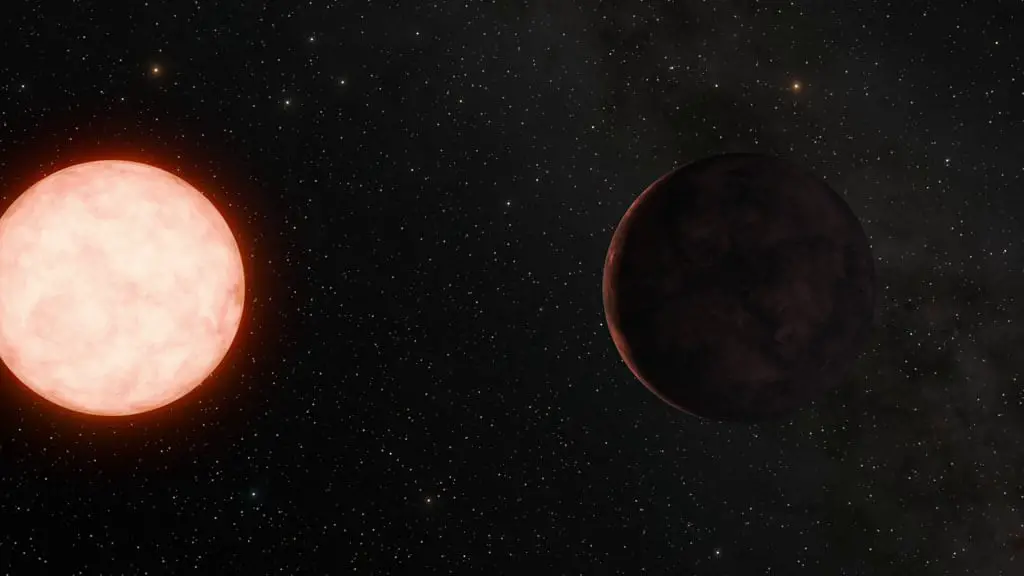Going back to the discovery of Gliese12b, Aristotle already stated in the 4th century BC that humans are social animals, tending to “herd” and share life in relation to other beings of the same species and not. In the history of space this tendency has naturally increased in intensity, searching through the unknown, a form of life that can be similar to us.
Many have been the theories and dreams of human beings, regarding possible forms of life alien to our planet, and they went hand in hand with engineering and scientific progress. Initially, forms of life were theorized under the thick clouds of Venus, on Mars, even on the Moon in the early nineteenth century. All expectations were unfulfilled, at least until the discovery of oceans of liquid water under the thick crust of ice of the satellites of Jupiter and Saturn.
While we wait to explore these vast expanses of water, our “artificial eyes” in space have shown us the possibility of life on planets beyond the confines of our solar system, including Gliese12b.
Is Gliese12b really habitable?
Gliese12 is a red dwarf in the constellation of Pisces, about a quarter the size of the sun, located 39.7 light-years away from us. Determining the type of star is crucial in searching for exoplanets (Earth-like planets), and the fact that Gliese12 is a red dwarf creates quite a few problems. These stars are known to be particularly unstable, causing continuous and sudden solar flares, which are sudden explosions of energy with a release of electromagnetic radiation. This type of condition can cause a “tear” in the magnetic field of a planet, making life impossible. But Gliese12b seems to have made it!
In particular, the planet is just under 4 times larger than Earth, which could mean, consequently, a more robust magnetic field than ours, allowing the protection of any life on the planet, from the powerful energy explosions given by the parent star. It is particularly close to the red dwarf, completing an orbit around it in just over 12 days.
The planet was discovered by the TESS probe and two independent studies in May 2024, causing quite a stir in the international scientific community. This is because the planet was found to have a surface temperature of 42 C°, officially confirming its “equilibrium temperature”. A discovery that raises the hopes of experts and space enthusiasts, who find something to chew on in the future scientific explorations of Gliese12b.

Upcoming studies on the planet
The James Webb Space Telescope will study the planet in depth in the future. The telescope is designed primarily to observe the infrared universe, it is not specifically built to directly detect Gliese12b magnetic fields, but it can collect data that indirectly provide information on the presence of a magnetic field. The JWST can observe atmospheres using the transit spectroscopy. During the transit of a planet in front of its star, some of the starlight passes through the planet’s atmosphere and is absorbed or reflected by various chemical elements. The presence of a magnetic field can influence the composition and distribution of the atmosphere, thus determining very precisely the presence of an atmosphere.
Gliese12b has therefore become the current star of astronomers and astrophysicists, fueling dreams of finally finding a planet that could be the ideal candidate for the presence of intelligent or even “undeveloped” alien life forms. The possibilities are many and the challenges to find something concrete at this enormous distance from us are very difficult and require considerable effort. Who knows, maybe they will become easier thanks to ionic vectors.
#Gliese12b #Earthlike #exoplanet #discovered